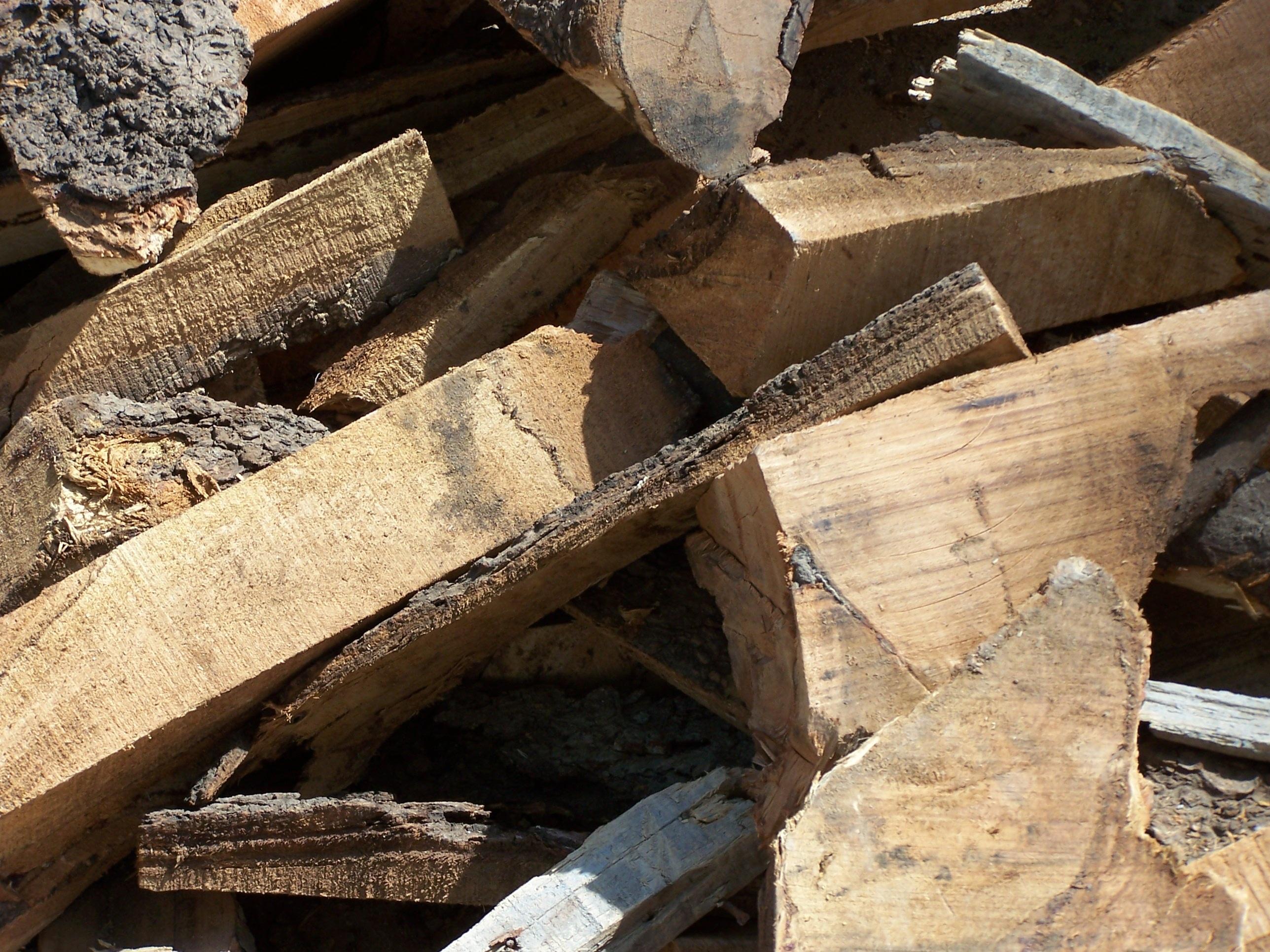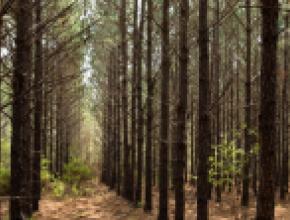IKEA’s vision, “to create a better everyday life for the many people,” has even greater meaning with the company’s commitment to become Climate Positive by 2030.
As Ulf Johansson, the company’s Wood Supply and Forestry Manager, told me earlier this year, saving our environment is now just as important to consumers as saving money.
“Mindful use of the world’s natural resources is a big concern for our customers. And mindfulness of resources is something that we have in our DNA, because we really hate waste,” he said. “In the beginning this was driven by affordability, but as we’re learning, efficiency, affordability and sustainability all go hand-in-hand.”
IKEA is aggressively promoting its plan to be Climate Positive by 2030 in by changing the way it sources, manufactures, and sells. This involves changes to how it builds and operates its retail stores. But larger positive impacts will come from changing the mix of materials used in its furniture.
One of the company’s significant challenges is the heavy impact of the production of textiles. One of its greatest advantages is expertise in maximizing productivity of responsibly harvested wood.
Responsibly harvested materials
“We face a very, very strong demand for natural materials,” says Johansson. “Today, 60 percent of our overall turnover is wood-based products, and I would be very surprised if it’s not more by 2030.”
IKEA started 77 years ago in the rich forests of southern Sweden, so wood was a natural choice, but it has also become part of IKEA’s design heritage. In 2012 they set a goal that by 2020 all the wood they use would come from more sustainable sources, inlcuding recycled wood or FSC certified wood.
“We’re very proud that we’ve reached that goal, even as we’ve grown in volume. This was a really inspiring achievement, which then inspired us, of course, to set our new goals for 2030,” he said.
Mitigating deforestation
“Something that wasn’t debated as much 10 years ago but is now extremely important is the climate dimension,” says Johansson. “And that means we need to work with mitigating deforestation. We are investing in reforestation and the restoration of degraded forests around the world.”
He noted that 20 percent of all the world’s CO2 emissions come from deforestation. He sees reforestation and responsible forest management as a fantastic opportunity for removing carbon from the atmosphere and storing it in forest, and later in wood-based products.
He also spoke about creating circular design principles for all products. Circular design in furniture means modifications to product design and infrastructure to ensure waste is removed from the process. The goal is to prolong material and product life, making it easier to reuse, refurbish, remanufacture, and recycle.
‘Good use of wood’
“We’ve set a goal where by 2030, 30 percent of the wood that we use should be recycled, postindustrial and postconsumer,” says Johansson. “Dramatically increasing the share of recycled wood is one path. A second is using wood in more efficient ways, driving innovations to create more furniture from every cubic meter of wood that we use.”
He pointed to laminated veneer lumber now used in IKEA sofa frames. It’s stronger than solid wood and cuts wood use by 40 percent.
‘Tree to textile’
IKEA is also exploring new wood-based textiles to help phase out fossi-based textiles. Working with partners like H&M, they are building a demo plant now called ‘TTT’ – tree to textile – which will create textiles from wood fiber.
“There is also potential to use a wood-based foam for sofa cushions and mattresses, and wood-based polymers to replace plastics,” he said.
Brave targets, fair lead times
“One of our biggest challenges comes from the fossil-based glues we use, including the resins that bind the particles in particleboard, which make up 6 percent of our overall carbon footprint,” says Johansson. “We are watching developments in soy-based glues, and there are engineers also working on glues based on wood lignin.”
He said the challenge is centered on production speed and the demand for shorter glue curing times.
“We should not be afraid of setting brave targets with, of course, a fair lead time,” he said. “This will not happen next year, but we know setting brave targets and working for the long term is a good strategy if you really want to make progress.”

Wood recycling infrastructure
“Even with the amount of glue required to make particleboard, it’s a good thing to be able to use the waste recovered from the sawmills, and to continue to store that carbon,” says Johansson. “I guess you could say that particleboard is the meatball of the wood products because, as I said, we really hate waste.”
He said 12 percent of the feedstock going into IKEA’s particleboard today is recycled postindustrial and postconsumer material. Today that is mainly from some countries in central Europe, very often those who don’t have many forests, like Italy. Those countries have a very developed industry recycling wood, often packaging materials like pallets because it’s clean and easy to separate wood from metal, he said.
“If you look at the particleboard industry in Europe, 43 percent of the feedstock is recycled wood,” he said. “The most valuable part of the tree is of course the saw logs and the veneer logs and so on. And then you could say that the top parts are a kind of byproduct that goes into particleboard. There are other considerations as well, for instance if you have a short transport distance then maybe it’s still cheaper to make particleboard out of the round wood versus transporting the byproducts long distances from a sawmill. In the end I would say it’s all valuable material.”
Johansson says IKEA’s goal is to increase the share of recycled wood in its furniture, meaning the share of solid wood will shrink.
At the time we spoke the global wood industry was in the throes of radical price fluctuations, and he shared this perspective: “Recycled wood is the only wood based commodity, which has a stable price today, right? So, I’m sure this will drive these developments even further. And maybe that’s good.”






Have something to say? Share your thoughts with us in the comments below.